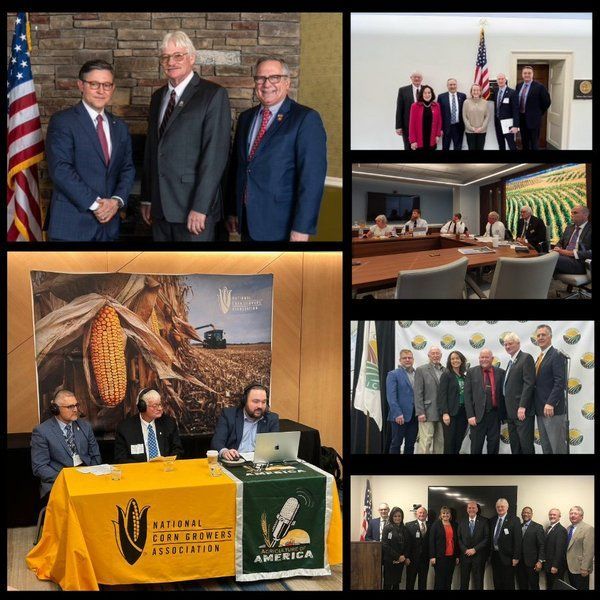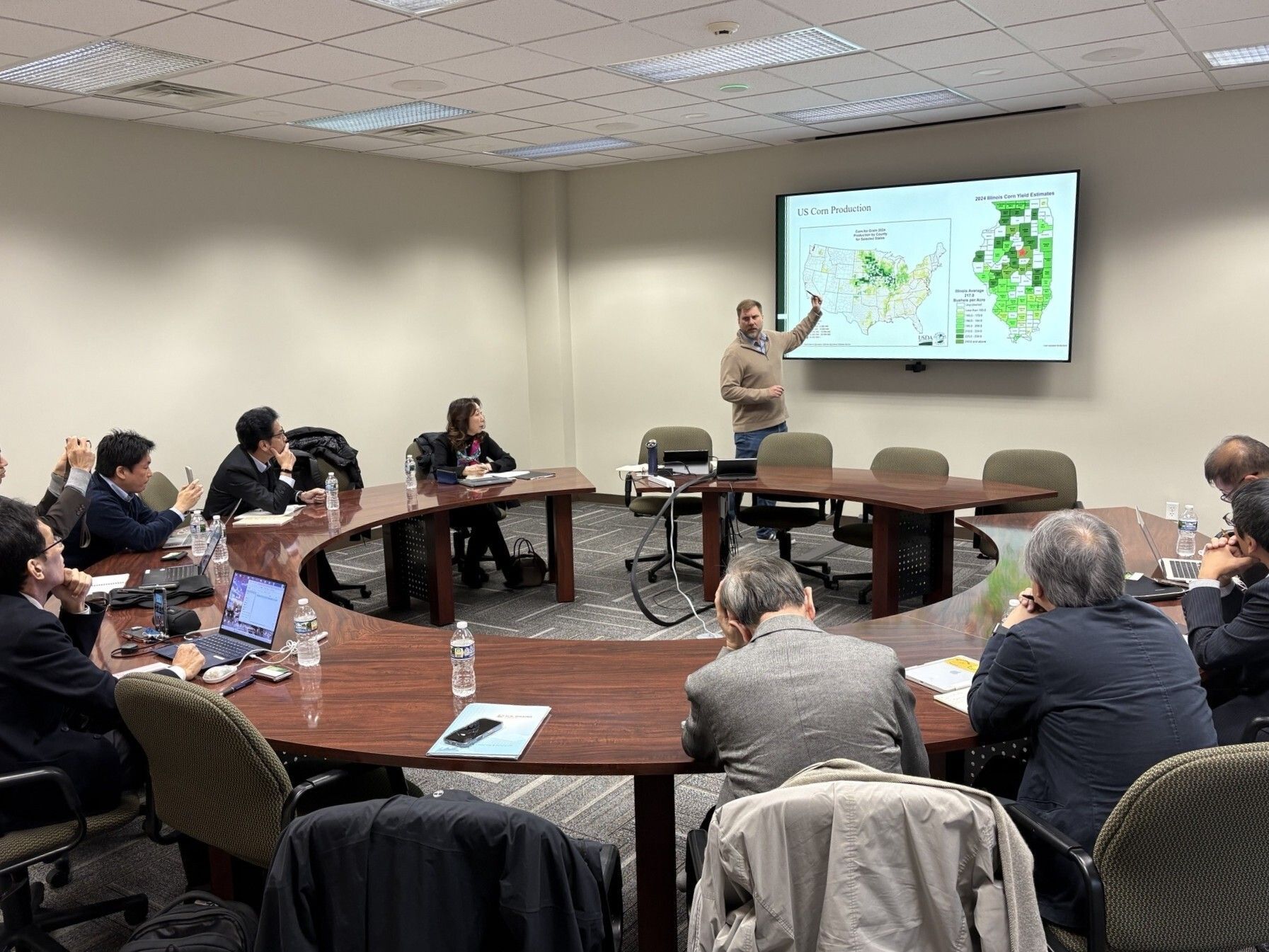Put the BRAKES on HB1634
This week, Illinois state lawmakers tried hitting the gas to incorporate California’s extreme vehicle emissions standards into the Midwest.
HB1634 allows California to govern Illinois Vehicle Code and would essentially require:
- 35% of new light duty vehicles including cars, SUV’s and pick-up trucks sold must be electric by 2026. By 2035, 100% must be electric.
- Mandates that 75% of all new heavy- duty truck sales and 40% of class 7 and 8 tractor sales must be zero emission by 2035.
- Requires new trucks sold to be zero emission starting in 2036. Requires used trucks owned by medium and large fleets also be zero emission by 2042.
“We cannot allow another state the power to regulate Illinois,” IL Corn Growers Association President Dave Rylander said. “If passed, this bill would have drastic impacts on our farming, trucking and transportation industries. Not only would it hurt our state citizens today, but it would open the door for more aggressive regulations without our consent in the future.”
The IL Corn Growers Association was present in Springfield as the Illinois House Energy and Environment Committee cancelled the bill’s hearing Tuesday following adamant opposition. Over 3,700 opposition slips were filed against the bill. ICGA sent a letter to the committee outlining the proposed legislation’s dangerous precedent and unrealistic implications.
Adopting California emissions standards would allow another state to govern Illinoisans and significantly increase the cost of vehicles. An average electric vehicle costs approximately $10,000 more than its gasoline-powered counterpart.
California emissions standards substantially increased gas and diesel prices for the state. Gas prices in California average $4.65 compared to Illinois’s $3.50. Similarly, diesel is $1.30 more in California than current Illinois prices.
Additionally, Illinois’s charging infrastructure and climate are different from the west coast state. Illinois is millions of dollars behind California’s electric charging availability. As seen in early 2024, battery electric vehicles do not perform well in cold climates.
Although the hearing was cancelled last week, the legislation is still active. Fill out the Call 2 Action below notifying your state representative and senators we need to Put the BRAKES on HB1634 and its Senate companion.
Sign up to ICGA’s C2A platform to voice your concern with HB1634.
Send an email to your state representative with one click!
We will get back to you as soon as possible.
Please try again later.











































































































